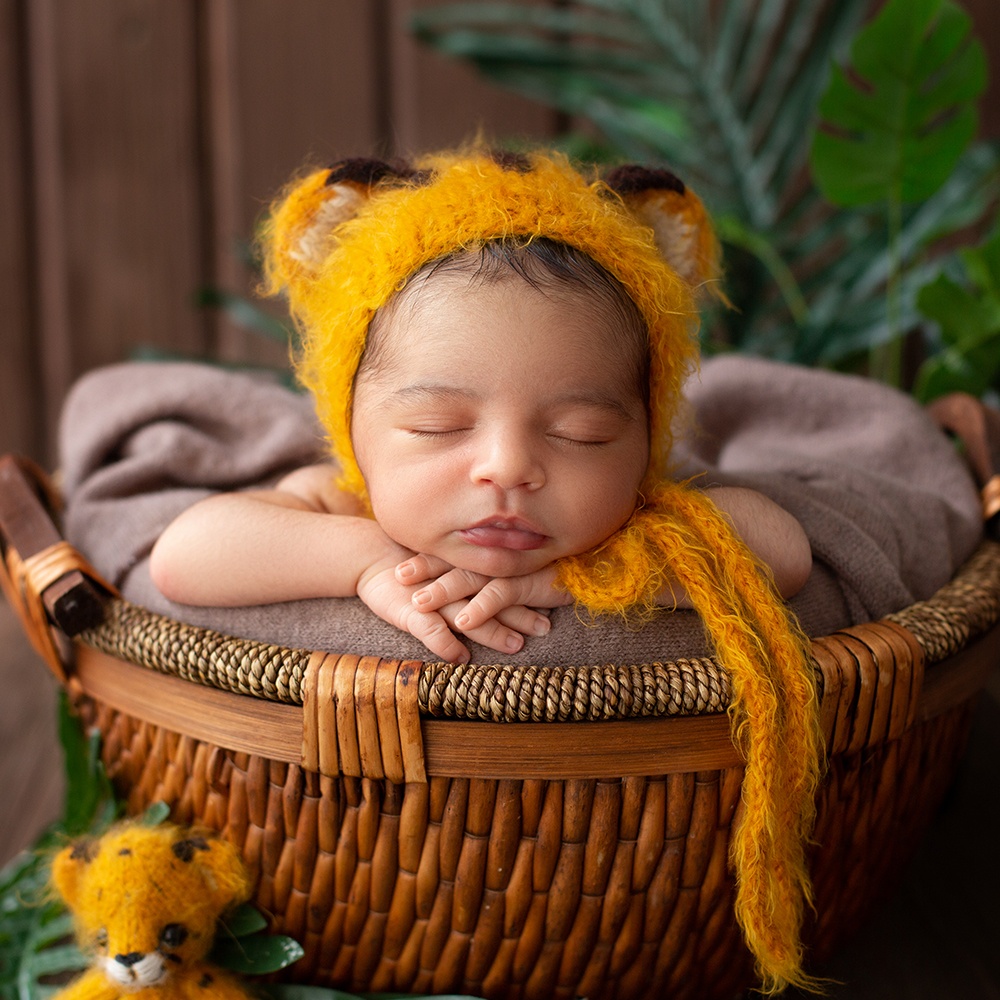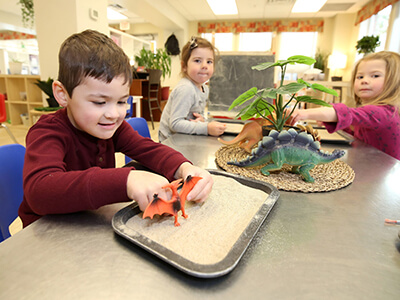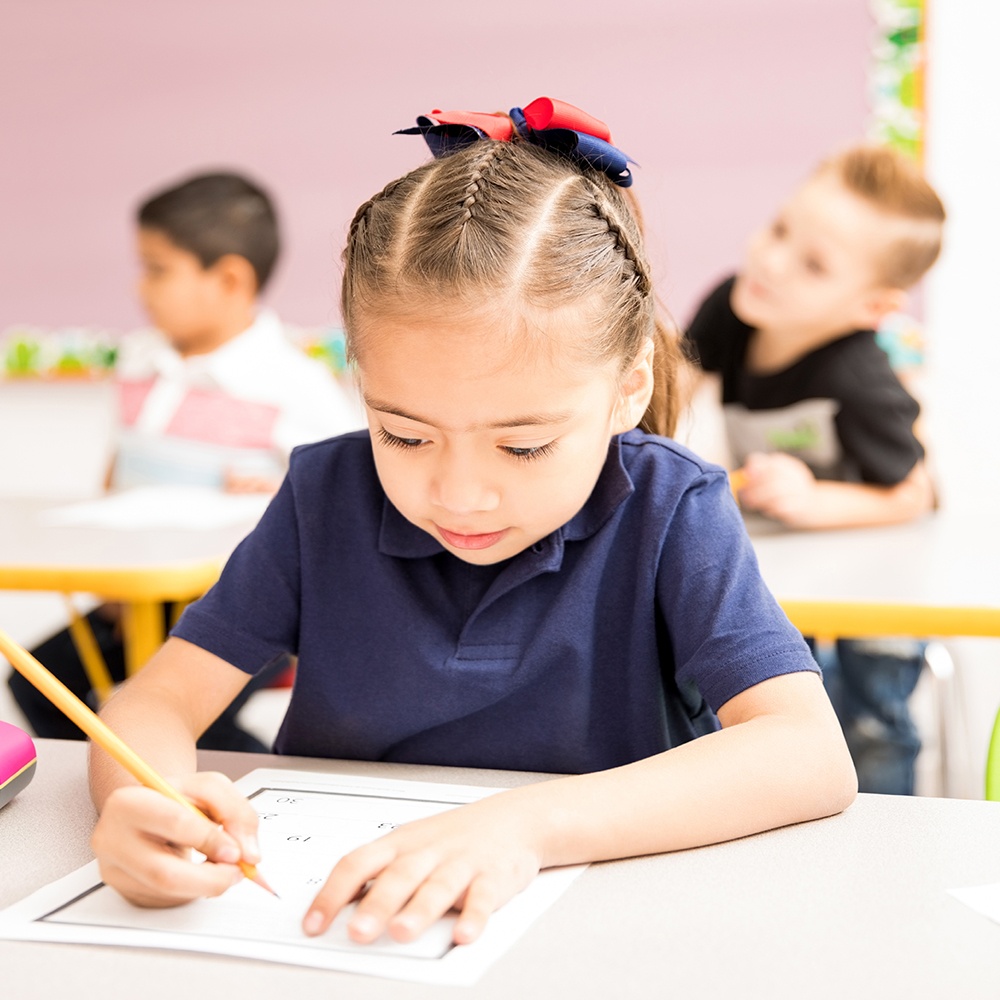Every parent dreams that their infant will sleep well. Many have no idea about the nitty-gritty of:
- How long will the nap last for my baby?
- What time should we put him/her to bed?
- How long can we expect him/her to sleep at night realistically?
- How will my baby’s sleep pattern’s change over time?
Everyone usually knows that a new baby will not sleep for long periods at a stretch for the first few weeks of their life. However, the biggest misconception for new parents is once their infant gets past the first weeks, their sleep will improve. The parents expect the baby’s sleeping will get better and better till the baby is starting to sleep for eight hours at a time by four months of age. Honestly, for many, if not most babies, it is like a roller coaster ride of frustrating regressions and victories with sleeping going from all night to waking two to three times a night.
With all this said, below is a list of what you should expect for your little one’s sleep schedule and some of the descriptions of what the babies experience during their first year. Every baby is unique, and their sleeping schedules can vary so this is not an exact science.
Birth – 2 Months
Total Sleep: Usually fourteen to eighteen hours a day. The first months, your babies will sleep in pieces and bits, waking now and then to eat. In the first few weeks, your baby will fuss from being hungry as many as ten to twelve times a day.
Their day will start at about seven a.m.
Napping: That sleepy little one will be taking a lot of short naps that will add up to eight hours a day. During the day they will be awake for about one-two hours and then sleep for about one-two hours. The second month, if your baby naps over one and a half to two hours, it is a good idea to wake him/her up to feed them. If you let them take long naps during the day, they will be eating less and be hungrier at night.
Nighttime sleep starts around ten p.m. Your little one will drift in and out of sleep throughout the night, occasionally asking for food. The longest time of sleep usually will be up to four hours in their first month and four-eight hours by two-months-old.
Heads up: Swaddling, white noise, and movement will usually work wonders starting day one to aid your baby to sleep better.
2 – 4 Months
Total Sleep: thirteen to fourteen hours of snoozing.
Their day starts somewhat earlier now. Most babies will wake about 6 a.m.
Napping: Baby will start settling into two-three naps a day for a total of four to eight hours of sleep.
Nighttime sleep shifts a bit earlier; the baby will start going to sleep about 9 p.m. They will also sleep for a more extended amount of time, still waking for a feeding or two. Their longest unbroken period of sleep is about five to eight hours (some might sleep longer).
Heads up: Watch for the three-month relapse! It can appear suddenly, with your baby waking like a newborn all over again — every few hours—and they want to cuddle or play …but they start refusing to sleep by themselves.
At two to three months old when you stop swaddling your baby might begin to startle more easily and wake several times a night and roll more.
4 – 8 Months
Total Sleep: Twelve to fourteen hours a day. When your baby is over four months old, they are what some call the fourth trimester. Many new parents may be exhausted at this point. If your baby is a good sleeper, don’t brag about it to any other parents.
Their day starts somewhere between six-eight a.m., all depending on the baby.
Napping: Two to three naps that total three-five hours each day.
Nighttime sleep starts at about nine p.m. Your baby might have a period of unbroken sleep for six to ten hours, that almost anyone would like to call “sleeping thru the night!”
Heads Up: Teething usually starts between four-six months, but, your baby might be earlier or even later. Gum pain might make your baby not sleep as good and be fussier. If you could provide rumbly, loud, white noise, it could be helpful in aiding your baby tune out distractions, those that are internal, like teething, and the external, such as noises.
8 – 12 Months
Total Sleep: Twelve to fourteen hours each day by eight months.
Their day starts around six to seven a.m.
Napping: Still two to three naps a day.
Nighttime sleep starts about eight to nine p.m. Baby’s longest time sleeping is likely seven to ten hours a night!
Heads Up: Baby is crawling and may even be walking. They usually wake up wanting to get out of bed and start exploring. But, until they are twelve months old, the only safe way to quiet them is white noise or a pacifier.
12 Months
Total Sleep: Twelve to fourteen hours in a day.
Their day starts at six to seven a.m.
Napping: Two naps, usually two to four hours a day.
Nighttime sleep usually is starting earlier, with the baby going to sleep about seven to nine p.m. Earlier for mom and dad to have some time alone! Their most extended sleep will stretch out to about seven to ten hours each night.























